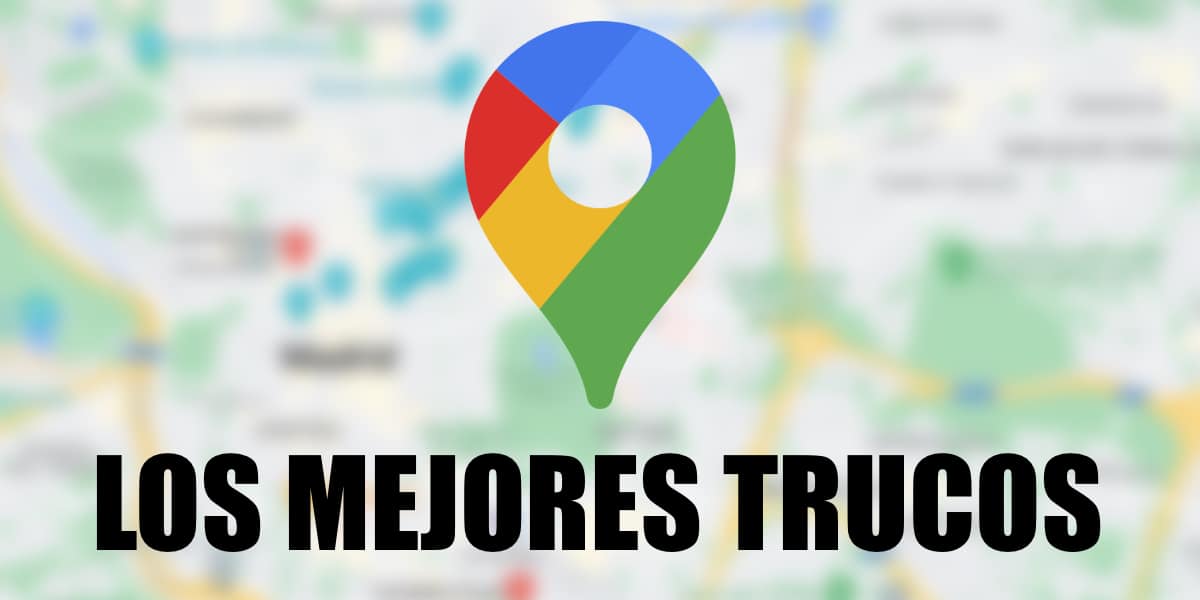
Since the launch of iOS 10, Apple Maps allow us to store the location of our vehicle's parking on our device, a function that works in combination with CarPlay or the vehicle's bluetooth, which once disconnected it instructs the device to store the location. For a few days now, Google Maps has also allowed us to store the location of our parking lot, to avoid that when we go to take the car, we dedicate ourselves to go around the block looking for it, something that more than one will have happened, but unlike Apple Google Maps service does allow us to set the location manually.
The option to set manually through Google Maps is ideal for all those users who they do not have CarPlay in their vehicle and they do not have a bluetooth connection either for the smartphone, although for some time now most vehicles offer us some of these benefits. Storing the location in Google Maps is a very simple process that just won't take a few seconds.
Store parking location on Google Maps

- Once we have parked the vehicle, we will proceed to open the application. It will be shown on the map by a blue dot, our location.
- Then we click on the blue point of our location and a drop-down menu will be displayed where we will have to select Set location as parking.
As we move away from the location of our vehicle we will see how a P appears in that position, indicating the parking lot of the same and in the lower part of the map the time that has elapsed since we parked it will be shown. In this way we can know at all times, the time elapsed in case we need to get a ticket from the blue zone again if it is on this type of road.
